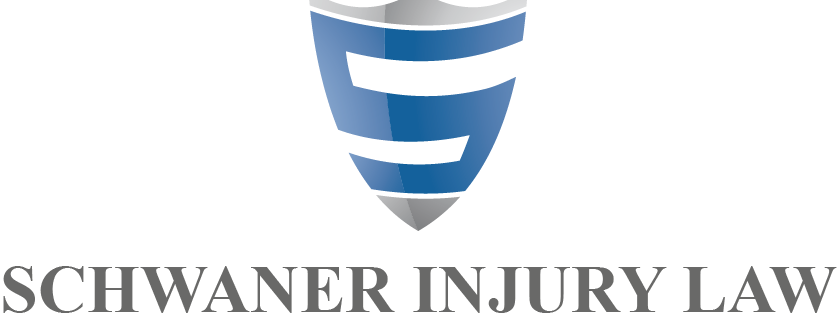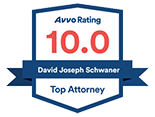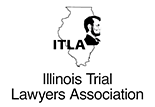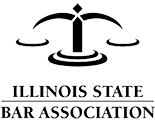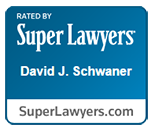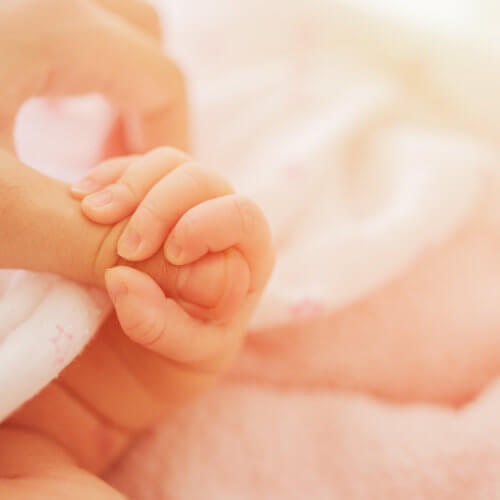
Non-Spastic Cerebral Palsy Injury – Chicago, IL
There are so many different forms of cerebral palsy, each with different symptoms – some types manifest themselves with tight, spastic muscles, while other forms are marked by limp, floppy muscles – that it can be difficult to determine exactly what type of cerebral palsy your child might have based on symptoms alone.
Though there are tests that can help determine what type of cerebral palsy your child has, the battle can still be a difficult one for parents attempting to give their child the most productive life possible, no matter what roadblocks might stand in their way.
Cerebral palsy is caused by brain damage, most often because of loss of oxygen to the brain, but also due to mistakes made during the birthing process that can damage the brain, including the failure to use assisted birthing devices such as forceps and vacuum extractors properly.
Non-spastic cerebral palsy, also known as extrapyramidal syndrome, is revealed by weak, unstable muscle tone that leaves muscles loose and floppy, although in some cases, muscles can make sudden, spastic movements that can negatively impact daily living.
There are several different forms of non-spastic cerebral palsy (CP), but the most common two – which make up about 20 percent of all CP cases – are dyskinetic CP and ataxic CP.
Dyskinetic CP reveals itself through fluctuations in muscle tone. Muscles will move from rigid to loose, and may be accompanied by jerking movements as well as slow, unstable movements that make walking difficult. The neck, face, hands, arms, feet, and legs are most often impacted, although spasms may also occur in the torso.
There are two different forms of dyskinetic CP including:
- Athetoid CP. Athetoid CP is also marked by fluctuations in muscle tone, even while asleep. Children can experience involuntary movements of the face, which makes it difficult to eat, drink and speak. Drooling can also be a problem.
- Symptoms associated with dystonia include abnormal, awkward posture, involuntary movements that increase under stress, movements that can alternate between slow and fast-paced, and snakelike, writhing movements. Dystonia can be limited to only one part of the body but can impact the entire body.
Ataxic CP is the rarest type of non-spastic CP, and is associated with only about 5 percent of all non-spastic CP cases. Symptoms include a lack of balance, a lack of muscle tone, shaking, jerking and tremors of the hands as well as other types of the body, unsteady movements while walking, abnormal movements throughout the body, and difficulties performing movements requiring precision, such as eating, brushing teeth or writing. Hearing, vision and speech problems may also accompany ataxic CP.
Mixed CP. Mixed cerebral palsy occurs when children have both spastic and non-spastic forms of the disorder, with symptoms including muscle tightness that can limit stretching, poor muscle growth, walking with an abnormally wide gait, arms and hands that are curled or bent in an abnormal position, and muscle spasms that are not symptomatic of the other non-spastic forms of CP.
For those with mixed CP, the complications associated with both spastic and non-spastic types of CP are likely, making mixed CP far more difficult to treat.
What Causes Non-Spastic CP?
Non-spastic CP can be the result of a variety of different things that cause abnormal development or damage to the brain, especially parts of the brain that control motor function.
Causes can include traumatic birth injuries, premature or low birth-weight babies, infections in both the mother and child and bleeding in the brain caused by birth complications or the improper use of assisted birthing devices, both of which can cause brain bleeds that put pressure on the brain, causing damage to new cells.
Treatment for Non-Spastic CP
Because there is no cure for cerebral palsy, medical professionals instead focus on making life at home and within the community as effective as possible through the use of a wide range of therapies, especially physical therapy, speech therapy and occupational therapy, and other treatments including surgery, medication, and apparatuses to help children better develop slack muscles, including braces, splints and positioning aids to make sitting up or standing easier.
Treatment that begins as early as possible can help improve motor skills, balance, coordination and muscle strength, as well as improve a child’s ability to better function on his or her own by helping to make adjustments with daily living skills.
My Child Has Non-Spastic CP. What Should I Do?
Because the costs associated with cerebral palsy can be extensive, if your child’s CP was the result of negligence on the part of a medical professional, it is important to seek the advice of an injury attorney in order to weigh your options.
Although money does not erase the mistakes that led to your child’s disorder, compensation can help cover the lifetime costs associated with CP, improving your child’s quality of life. The right attorney can ensure that your child has access to the best treatments available, easing some of the stress associated with a birth injury diagnosis.
